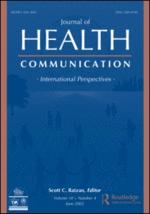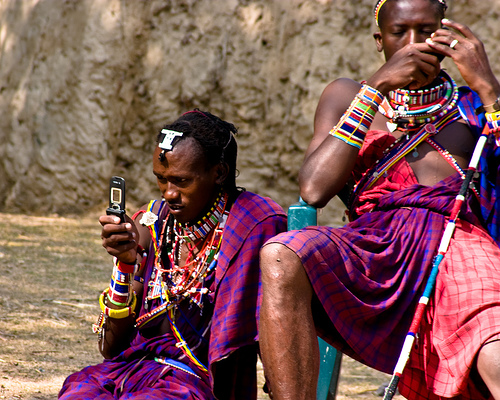I work with a small NGO in the Cook Islands called Te Rito Enua. We recently concluded a pilot project funded by the Asian Development Bank to test the use of participatory GIS techniques to help develop community-scale climate adaptation strategies. Some of our key findings echo those Oregon State University scientists Sally Duncan and Denise Lach. As reported in the People and Place blog, they observe that
“Exchange of ideas and knowledge with the assistance of a technology that is both analytical and visual draws participants into new kinds of inquiry, calling upon broader kinds and definitions of knowledge and experience. In such a setting, GIS technology lends itself to the mapping of ideas as well as landscapes.” (emphasis is mine)
In our own work, we found that that the approach provides communities with the tools to assess climate risk according to their own frames of reference. Linking models with personal experience and traditional ecological knowledge gave the communities tangible evidence of climate risk that empowers them to own the problem and develop personal and collective responses based on their own needs and priorities. The participatory GIS process highlights behavioral and development issues that affect the vulnerability of individual households and the community at large. There was a discernable sense of empowerment by participating communities in developing vulnerability maps and planning on the basis of the spatially organized information.
Replicating the process is problematic though. We opted to use expensive high-end commercial GIS software to match the system used by the government. All the GIS expertise in the country (basically 2 people at the start of the project) were schooled in the use government system. We needed to work with those people. But the high end systems are a formidable barrier to entry; acquiring the software, hardware, and training costs thousands of dollars. Communities and NGOs lack those resources, and the emerging, computer-savvy generation lacks learning opportunities. In our final report, we recommended the use of open source software and support for regional training to build up the GIS community.
Fortunately the support for open-source GIS is growing fast. Some resources for beginners include:
The Participatory GIS Forum (www.ppgis.net) (and be sure to see the very helpful email list for PPGIS, links on the site).
Mapping Across Borders/Digital Distractions blog ( http://mikedotonline.wordpress.com/ )
Quantum GIS open source software (www.qgis.org)
And a new site, Training Kit on Participatory Spatial Information Management and Communications (http://pgis-tk-en.cta.int/)
Don’t forget that good data layers can often be found at Data Basin, and you can upload and share your files there. (www.databasin.org)
I’ve experienced significant resistance to participatory mapping in the past from the GIS technical community. It is true that you can produce complete garbage in GIS. And garbage, in planning, can be dangerous. But the answer doesn’t lie in treating geospatial planning as an esoteric art and shunning the novices. The answer lies in widening the pool of experts and providing support for grassroots initiatives. Duncan and Lech observe:
“The frequent repetition of the phrase “re-framing the debate” during focus-group discussions highlighted the progression from the one-way communication model, in which scientists impart their findings, to the dynamic process of engaging GIS technology as a tool of inquiry, mediation, and communication. Ideas suggested for a broader debate included making assumptions explicit on GIS maps, using the power of GIS to examine new questions, and sharing responsibility for new kinds of learning. …”
Duncan, S. and Lech, D. 2006. GIS Technology in Natural Resource Management: Process as a Tool of Change. Cartographica 41:3, 201-205. DOI: 10.3138/3571-88W4-77H2-3617.
Sounds like development to me.
[The Te Rito Enua project report can be downloaded at http://dl.dropbox.com/u/1735507/ADB%20SGI%20report/Final%20Report-web.pdf]





 Journal of Health Communication is now exclusively using an online submission and review system,
Journal of Health Communication is now exclusively using an online submission and review system, 







































